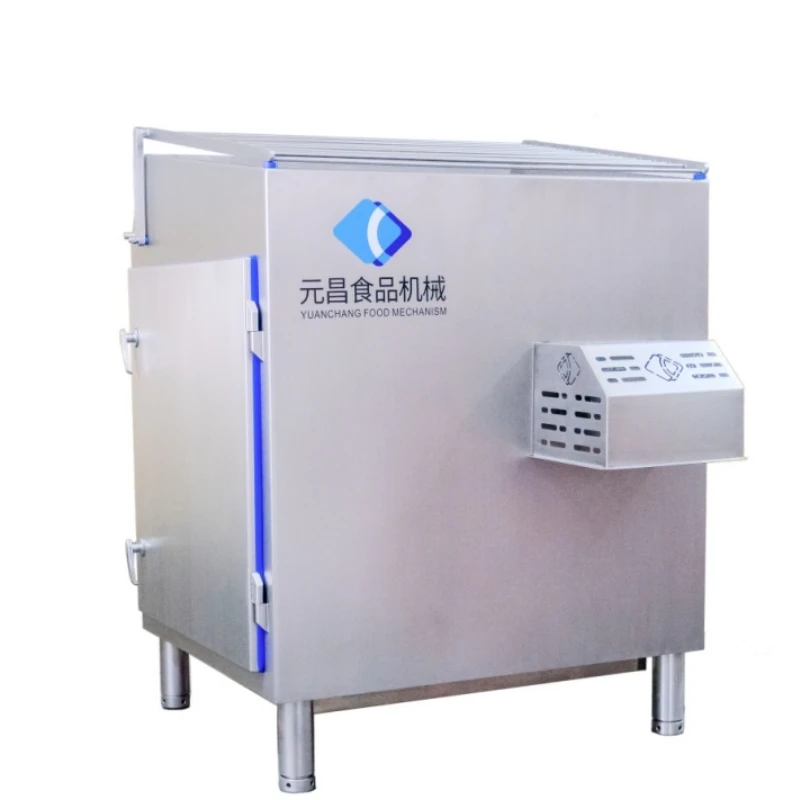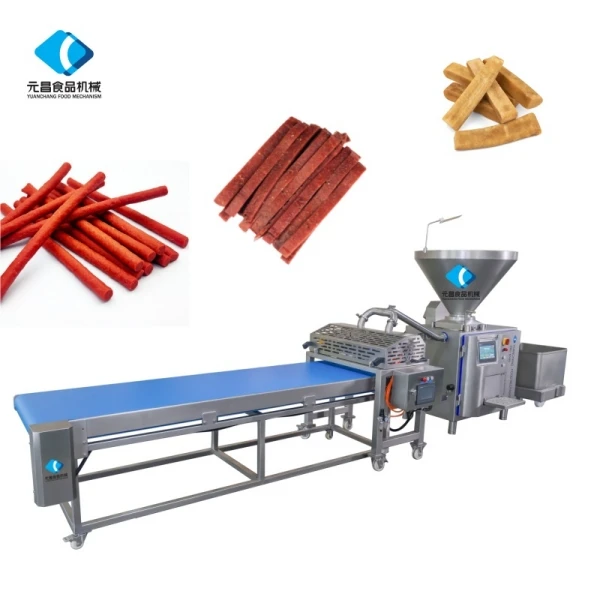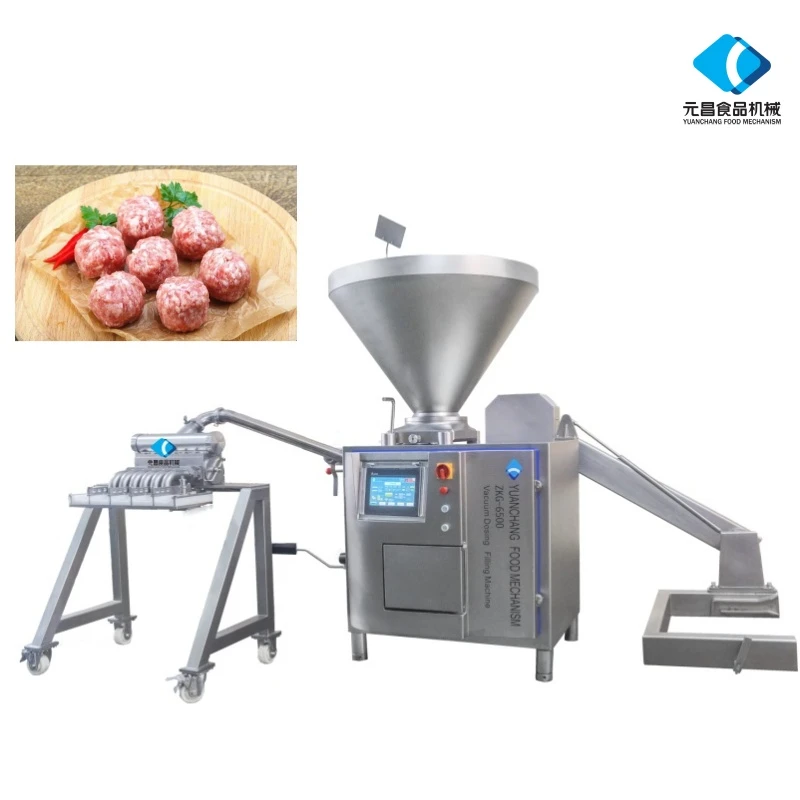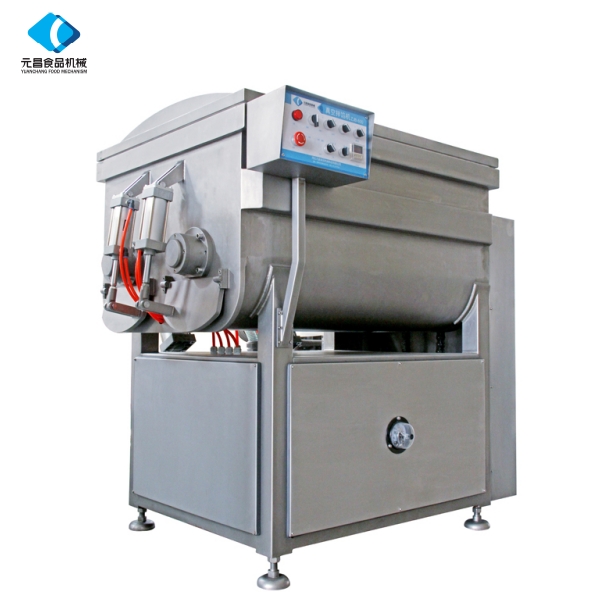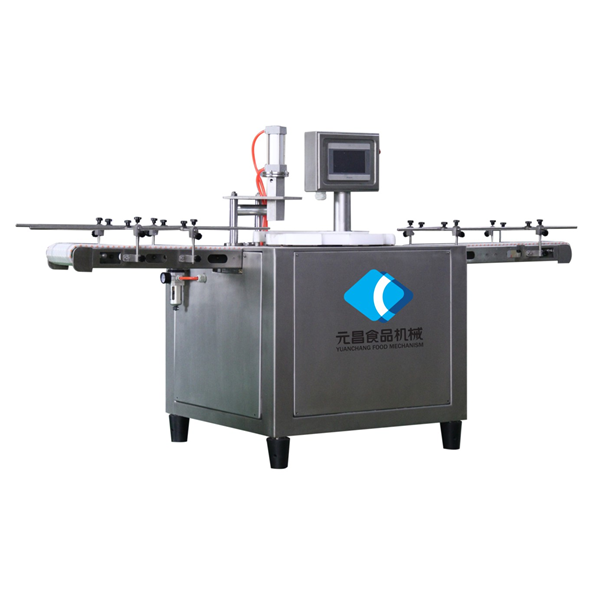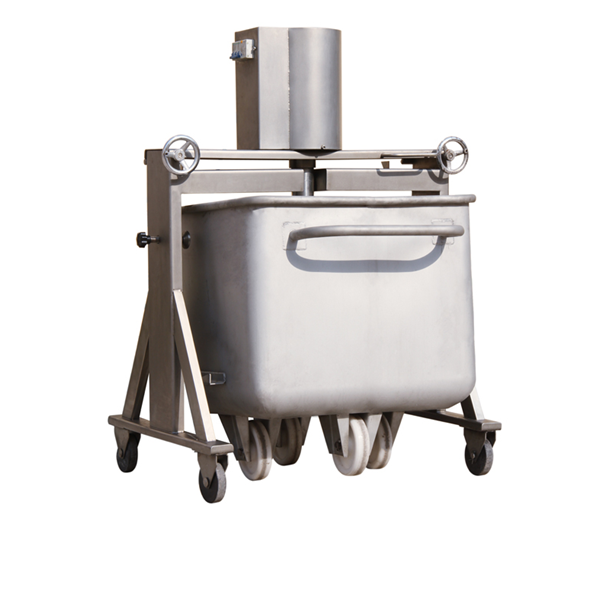- Afrikaans
- Albanian
- Amharic
- Arabic
- Armenian
- Azerbaijani
- Basque
- Belarusian
- Bengali
- Bosnian
- Bulgarian
- Catalan
- Cebuano
- chinese_simplified
- chinese_traditional
- Corsican
- Croatian
- Czech
- Danish
- Dutch
- English
- Esperanto
- Estonian
- Finnish
- French
- Frisian
- Galician
- Georgian
- German
- Greek
- Gujarati
- haitian_creole
- hausa
- hawaiian
- Hebrew
- Hindi
- Miao
- Hungarian
- Icelandic
- igbo
- Indonesian
- irish
- Italian
- Japanese
- Javanese
- Kannada
- kazakh
- Khmer
- Rwandese
- Korean
- Kurdish
- Kyrgyz
- Lao
- Latin
- Latvian
- Lithuanian
- Luxembourgish
- Macedonian
- Malgashi
- Malay
- Malayalam
- Maltese
- Maori
- Marathi
- Mongolian
- Myanmar
- Nepali
- Norwegian
- Norwegian
- Occitan
- Pashto
- Persian
- Polish
- Portuguese
- Punjabi
- Romanian
- Russian
- Samoan
- scottish-gaelic
- Serbian
- Sesotho
- Shona
- Sindhi
- Sinhala
- Slovak
- Slovenian
- Somali
- Spanish
- Sundanese
- Swahili
- Swedish
- Tagalog
- Tajik
- Tamil
- Tatar
- Telugu
- Thai
- Turkish
- Turkmen
- Ukrainian
- Urdu
- Uighur
- Uzbek
- Vietnamese
- Welsh
- Bantu
- Yiddish
- Yoruba
- Zulu
Meat and Bone Grinding Equipment for Efficient Industrial Processing Solutions
The Importance of Industrial Meat and Bone Grinders in the Food Processing Industry
The food processing industry plays a vital role in ensuring that consumers receive safe, high-quality products. Among the essential equipment in this sector is the industrial meat and bone grinder, a machine that has become indispensable for optimizing meat production and ensuring efficiency in the processing of animal products. This article delves into the significance, functionality, and advancements of industrial meat and bone grinders within the food industry.
Significance of Meat and Bone Grinders
Industrial meat and bone grinders serve a crucial purpose in the production of processed meats, pet foods, and various food items that require finely ground meat or bone meal. These grinders enable the efficient transformation of whole cuts of meat, by-products, and bones into usable forms, facilitating a range of production uses. In a world increasingly focused on sustainability, the ability to use all parts of an animal minimizes waste and maximizes resource efficiency.
Moreover, these grinders help ensure that products meet safety standards by allowing manufacturers to blend their ingredients thoroughly while eliminating unwanted contaminants. The consistent meat grind texture achieved through powerful industrial grinders is essential for creating uniform products such as sausages, meat patties, and ready-to-eat meals. Consequently, they not only enhance quality but also improve the overall safety and integrity of food products.
Functionality of Industrial Grinders
Industrial meat and bone grinders operate using powerful motors that can withstand the rigorous demands of processing large quantities of product. Typically constructed with durable stainless steel components, these grinders are designed for hygiene and longevity. They utilize sharp grinding plates and blades that can crush bones and tough meat, making them highly effective for a variety of applications.
The grinding process involves several critical stages. Initially, large sections of meat or whole bones are fed into the machine—this can be achieved through a manual or automated feeding system. The meat is then subjected to powerful grinding mechanisms that break it down into smaller pieces. This initial grinding stage is often followed by a second pass through a finer plate or sieve to achieve the desired texture, ensuring uniformity in the final product.
industrial meat and bone grinder
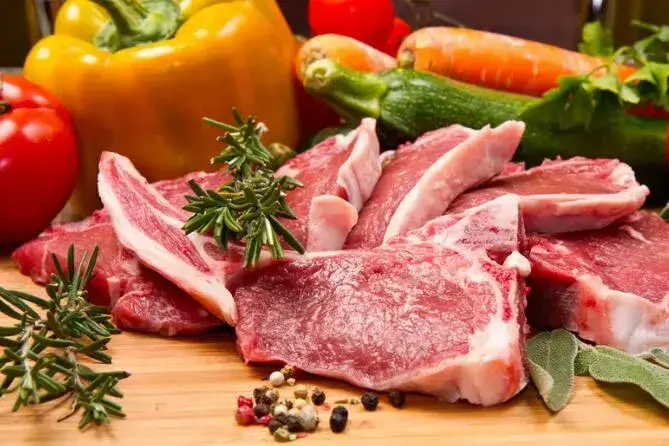
Additionally, many modern industrial grinders are equipped with adjustable speed controls and interchangeable plates that allow operators to customize the fineness of the grind per product specifications. This versatility makes them suitable for multiple industries, including meat processing, food production, and even pet food manufacturing.
Advancements in Technology
Recent advancements in industrial meat and bone grinding technology have led to machines that are not only more efficient but also smarter and safer to operate. Innovations such as automated feeding systems, integrated food safety measures, and energy-efficient motors are becoming increasingly common.
Automation plays a pivotal role in improving overall productivity. Automated systems reduce the need for manual handling, thereby minimizing labor costs and the risk of contamination. Moreover, many grinders now incorporate cutting-edge monitoring systems that track operational parameters, ensuring machines operate within safe limits and alerting operators to any anomalies.
Furthermore, advancements in hygiene technology have led to grinders designed for easy cleaning and maintenance. Many systems now feature removable parts and smooth surfaces, significantly reducing downtime for cleaning processes and enhancing sanitary operations.
Conclusion
In conclusion, industrial meat and bone grinders are a cornerstone of the food processing industry, vital for transforming raw materials into safe, high-quality products. Their significance extends beyond mere functionality; they contribute to sustainability and efficiency while ensuring the safety of the food supply chain. As technology continues to evolve, the future of meat and bone grinders looks promising, with enhancements that will no doubt further revolutionize their application and effectiveness in the industry. The ongoing commitment to innovation in this area highlights the industry's dedication to quality, safety, and sustainability.
-
Vacuum Tumbler Marinator: Fast & Even MarinatingNewsAug.19,2025
-
Glass Container with Plastic Vented Lid - Hebei Yuanchang | Heat-Resistant, Customizable Food StorageNewsAug.18,2025
-
Glass Container with Plastic Vented Lid|Heat Resistant&CustomizableNewsAug.18,2025
-
Mechanical Clipper: Efficient Double Clipping & TrimmingNewsAug.18,2025
-
Glass Container with Plastic Vented Lid-Hebei Yuanchang Food Mechanism & Technology Co., Ltd.|Heat-Resistant&Leak-ProofNewsAug.18,2025
-
glass produce storage containers-Hebei Yuanchang Food Mechanism & Technology Co., Ltd.|Heat-resistant,AirtightNewsAug.17,2025



